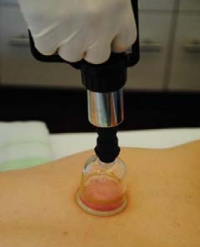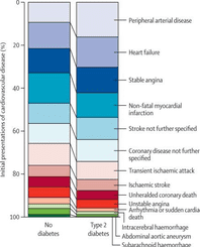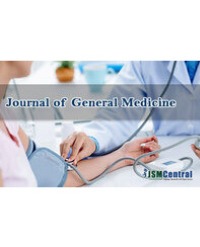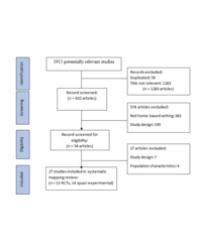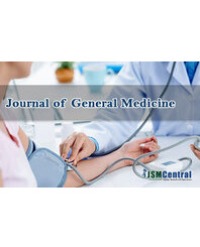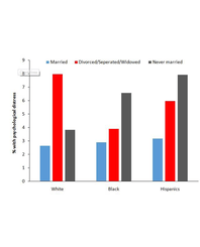
What’s Love Got to Do with It? The Relationship of Marriage to Health
Background: Traditional thinking and scholarship has indicated that marriage is a life saver - extends life. Marriage’s functionality contributes to the reduction of poor physiological health outcomes. Since women are not homogeneous in making marital decisions or social experiences, it was time to revisit the issue of the relationship of marriage and health.
Methods: From the 2015 National Health interview survey, we extracted a sample of women who were a parent of one or more minor children (n=4,899); experienced psychological distress and chronic conditions; by marital status.
Significant Data and Major Findings: The overall prevalence of psychological distress was 3.5%. Women with disruptive marriage had double (OR=2.18, 95% CI=1.24, 3.86) the likelihood of having psychological distress compared to married women, adjusting for socio-demographics (age, race/ethnicity, work status, family income, number of children and number of elderly in the household).There was significant interaction effect of marital status and race/ethnicity on the risks of having psychological distress. The difference between marriedwomen and those with disrupted marriage in the risk of having psychological distress was greater among Whites than that for African Americans and Latinas. Although 34.3% of the women had at least one chronic condition, there was no significant association between marital status and the likelihood of having chronic conditions after adjusting for socio-demographics.
Conclusion: Our findings indicate that White women experience the most psychological distress when their marriages are disrupted. On the contrary, African American and Hispanic women fared better psychologically when they experienced disrupted marriages, although they reported more socioeconomic hardships. More research is needed on disrupted marriages and women’s health as well as the role of reliance.
Alai Tan1 , Timiya S Nolan2 , Darryl B Hood3 and Karen Patricia Williams4*

